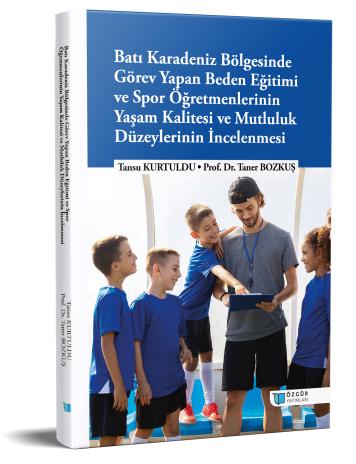
Examining the Quality of Life and Happiness Levels of Physical Education and Sports Teachers Who Working in Western Black Sea Region
Synopsis
The aim of this study was to determine the relationship between physical education and sports teachers' quality of life and happiness levels. Furthermore, it was aimed to reveal the differences between the quality of life and happiness levels according to the demographic characteristics. 307 teachers who were working in Karabük, Bartın, Zonguldak and Kastamonu provinces in Western Black Sea region, constitute the universe of research. The number of samples reached by a convenience sampling method, 171 physical education and sports teachers working in determined provinces. Data collected by using the “Whoqol-Bref Quality of Life Scale of Physical Education Teachers” and “Happiness Scale” were analyzed with SPSS-25. When the fit index values of structural model examined, the model is confirmed. Teachers’ quality of life predicted their happiness at a high level. The variable that is most associated with the happiness is the quality of life belonging to the social area. The least related variable is quality of life belonging to spiritual area. Quality of life and happiness levels of teachers who receive in-service training regarding their fields are higher. When teachers classify their quality of life and happiness levels by themselves, teachers who see themselves at a high level have high quality of life and happiness. It can be said that improving the life standards of teachers can have positive effects on quality of life and happiness levels. Evaluating teachers' quality of life in the context of physical, spiritual, and environmental areas and taking precautions can turn them into happier individuals.

